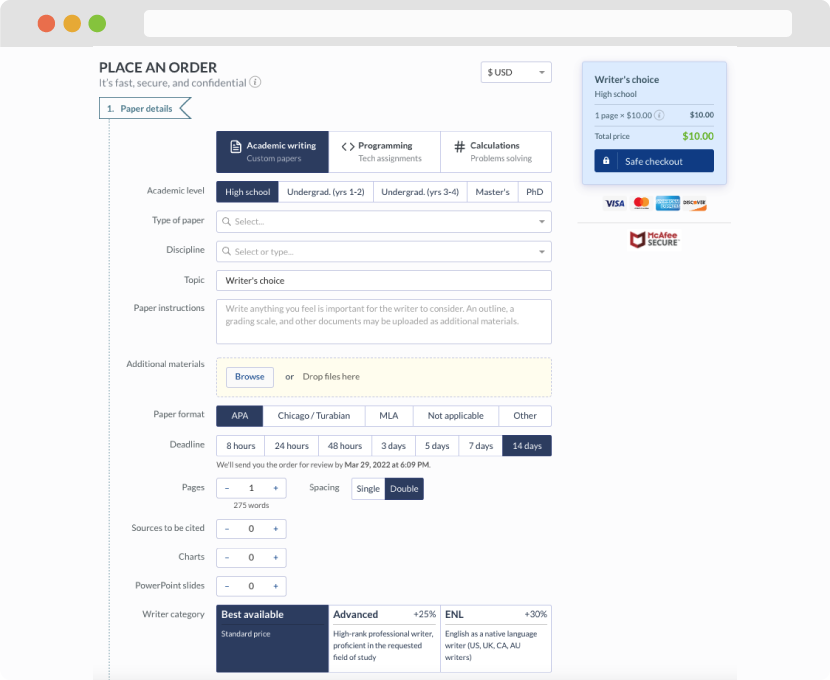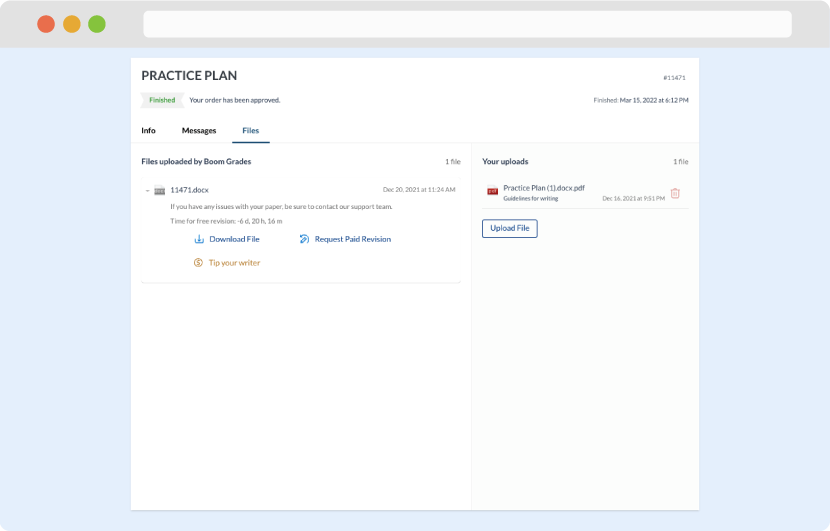Introduction
This organizational case study explores the intricate and multidimensional culture of NASA and considers how the Challenger and Columbia shuttle tragedies were affected by this culture. This research uses four descriptive and explanatory methodologies to analyze how culture, as a notion, expressed itself within NASA. These methods emphasize culture as a dynamic, socially produced, diverse, and sometimes ambiguous phenomenon comprising subcultures. The following parts detail the cultural aspects of NASA that led to these mishaps, concentrating on certain beliefs and practices essential to comprehending the failures. The research also looks at how catastrophes might be organized using Karl Weick’s organizing paradigm, highlighting the importance of structure and sensemaking in averting or lessening such catastrophic occurrences.
Question 1
Identify and Apply the Four Descriptive and Explanatory Approaches to Culture At NASA
Culture Is Complicated
Different core layers of organizational culture are identified by several models, each of which has its fundamental presumptions. These fundamental presumptions can result in the growth of paradigmatic concepts, which can bind or sever an organization’s culture. The fundamental tenet of NASA is that innovation is required because change is desirable and essential.
Culture Is Emergent
This strategy is predicated on the notion that an organization’s culture is created and sustained via constant interactions between its constituent parts. Subsequent advances were greatly influenced by the ongoing exchanges among NASA employees.
Culture Is Not Unitary
This essentially implies that having a unique culture is almost impossible. As a result, it implies that other subcultures will coexist alongside the dominant culture. Even if there may be conflicts between these subcultures’ power levels and their goals, as was the case at NASA, they must work together.
Culture Is Often Ambiguous
Organizational culture can occasionally be seen in ways other than its primary or subgroup expressions. This clarifies some of the many patterns that could be observed in various businesses. The NASA protocol violation instance best shows this.
What factors in NASA’s culture contributed to the Challenger and Columbia shuttle disasters?
Several aspects of NASA’s culture strongly influenced the Challenger and Columbia shuttle tragedies. First and foremost, it is crucial to stress that the NASA crew disregarded the established line of authority inside the company. As a result, an approval procedure that deviated from the accepted norms was used (Carton, 2018). Second, the agency made the mistake of relying on past triumphs rather than strong technical principles, which turned out to be a bad choice. Final point: Throughout the process, the agency strayed from its cultural policies, failing to use them as a framework.
Identify and discuss specific values and behaviors that were critical.
The agency’s mistakes bring to light serious flaws in terms of beliefs and behaviors that were disregarded. To give an example, the agency should have properly followed the set processes and norms while scrupulously adhering to the organization’s chain of command. The agency should have also seriously considered engineering practices, acknowledging their significance as another important value.
Question 2
Cultural change was difficult at NASA. Pick 4 of Peters and Waterman’s themes and apply them to NASA. How could NASA have applied these themes to improve their culture and make change lasting and effective?
In the case of NASA, a wide range of circumstances, including internal and external influences, impacted the evolution of its culture. These elements considerably increased the organization’s difficulties and made achieving its goals more difficult. The need for innovations and connections with many cultures and the fact that NASA frequently relied on historical events to direct its missions were external constraints that hampered its efforts to promote cultural change (Carton, 2018).
On the other hand, internal considerations focused on modifications to its culture, particularly the disdain for the organization’s established line of command. NASA may have taken certain actions to improve cultural transformation’s efficacy and long-term effects. They ought to have placed more focus on investigating fresh ideas and cutting-edge strategies rather than relying on the achievements of previous space missions. Given the extremely complicated nature of space missions, this would require integrating cutting-edge technology and a heavy reliance on scientific concepts (Carton, 2018).
Furthermore, it would have been wise to consult knowledgeable specialists rather than merely relying on prior successes. Additionally, NASA might have made significant investments in the education and preparedness of its astronauts, combining these efforts with a sound commercial plan to improve its reputation. Last but not least, a communication strategy that prioritizes safety measures ought to have been the primary goal.
Question 3
How does Karl Weick’s model of organizing apply to disasters? Apply the concepts of sensemaking (assembly rules, communication cycles, retention, causal maps), equivocality, and enactment to the situation at NASA. How did sensemaking patterns contribute to what happened at NASA?
Karl Weick’s organizational structure is very suitable for crises for several reasons. Weick emphasizes the crucial significance that an organization plays as an essential part of any business or agency. This distinction is a result of its critical contribution to increasing program and activity efficiency. Second, organization greatly increases predictability and, to a considerable part, raises success rates for businesses and government organizations. This suggests that organizations with efficient organizational structures typically have less uncertainty. This paradigm makes sense in the context of catastrophes since the organization is essential to reducing or even eradicating the negative impacts of such events.
Additionally, the NASA issue made a lot of sense from a sensemaking perspective (Kieran et al., 2021). For instance, individuals’ sensemaking strategies—particularly those they use to deal with ambiguity—played a key role in understanding how coherence is produced through procedures, including knowledge retention, communication cycles, and norm compliance. The events observed at NASA were significantly influenced by sensemaking patterns (Kieran et al., 2021). This is a result of NASA’s failed attempt to introduce regulations and communication cycles to aid in the accomplishment of their goal.
Conclusion
Insights into the complex realm of organizational culture, change management, and the use of Karl Weick’s organizing model have been gained from this organizational case study of NASA. The Challenger and Columbia shuttle tragedies were significantly influenced by NASA’s many layers, presumptions, and subcultures. Catastrophic outcomes resulted from rejecting established norms and behaviors, such as the chain of command and good engineering methods. The paper also emphasized the difficulties NASA had in enacting cultural change. Internal and external factors, such as dependence on prior triumphs and departure from cultural norms, hampered their efforts. NASA could have emphasized innovation, sought advice from professionals, funded astronaut training, and invested in effective communication to increase the success of cultural change.
The organizing model developed by Karl Weick highlighted how important organization is for attaining efficiency and lowering uncertainty, making it a model that is particularly applicable to catastrophe scenarios. The idea of “sensemaking” highlighted the significance of coherence in handling complicated situations. This case study essentially serves as a reminder of the significant influence organizational culture may have on the productivity and security of an institution. In order to effectively manage difficult issues, it emphasizes the necessity for constant adaptation, a dedication to principles and best practices, and an emphasis on organizational resilience. Organizations like NASA may work to accomplish their aims while reducing the likelihood of disastrous failures in the future by learning from the past and embracing change.
References
Carton, A. M. (2018). “I’m not mopping the floors; I’m putting a man on the moon”: How NASA leaders enhanced the meaningfulness of work by changing the meaning of work. Administrative Science Quarterly, 63(2), 323-369.
Kieran, S., MacMahon, J., & MacCurtain, S. (2021). Simple rules for sensemaking praxis: How HR can contribute to strategic change by developing organizational sensemaking capability. Human Resource Management Journal.
Essay Writing Service Features
Our Experience
No matter how complex your assignment is, we can find the right professional for your specific task. Allwriterslab is an essay writing company that hires only the smartest minds to help you with your projects. Our expertise allows us to provide students with high-quality academic writing, editing & proofreading services.
Free Features
Free revision policy
$10Free bibliography & reference
$8Free title page
$8Free formatting
$8How Our Essay Writing Service Works

First, you will need to complete an order form. It's not difficult but, in case there is anything you find not to be clear, you may always call us so that we can guide you through it. On the order form, you will need to include some basic information concerning your order: subject, topic, number of pages, etc. We also encourage our clients to upload any relevant information or sources that will help.
Complete the order form
Once we have all the information and instructions that we need, we select the most suitable writer for your assignment. While everything seems to be clear, the writer, who has complete knowledge of the subject, may need clarification from you. It is at that point that you would receive a call or email from us.
Writer’s assignment
As soon as the writer has finished, it will be delivered both to the website and to your email address so that you will not miss it. If your deadline is close at hand, we will place a call to you to make sure that you receive the paper on time.
Completing the order and download